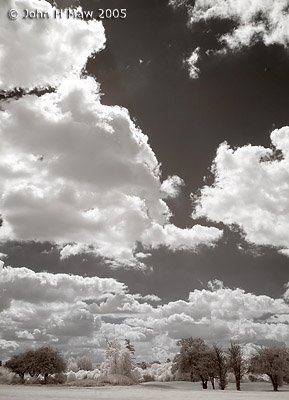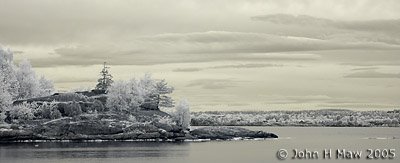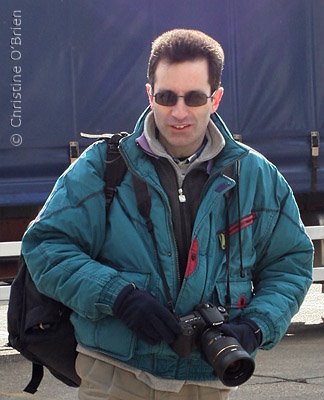Creativity and limitations (part 2)

This is the second part of a short piece looking at what gets in the way when taking photos. I don't mean physical obstacles, but mental ones. Previously I noted some factors that tend to stop us venturing out. Now I want to explore what might cause problems once we are out there with the intention of taking photos.
From time to time I take small groups of photographers out on location. I have often found it interesting to watch them as they work in a group. The first sign that the focus of attention has slipped is chatter. People in the group do the natural thing and start talking to one another. Now this doesn't mean that they are no longer looking. You can carry on a conversation and be visually aware at the same time. But this takes practice. A quick glance at where they are looking normally reveals that they are simply watching where they are going, and no longer looking around.
The same problem occurred during a trip to the Lake District in 2005. Because the walking required some attention due to the uneven and steep ground it was easy to stop looking for photos and for some people they slipped from photo mode to walking mode. The Canadian photographer and teacher, Freeman Patterson, used the term "relaxed attentiveness" when talking about this subject. He pointed out that we need to put our concerns about work, finances, relationships etc. to one side when we go out to take photos. I feel that this is very much like the practice of meditation (although meditation techniques vary considerably).
A few years ago I was out with a group and one of them started asking about the theatre photography work that I do from time to time and mentioning a production that she had seen. It was obvious that she was no longer fully present among the scenery that was all around us, but had travelled in her mind back to that theatre experience.
Other things can also make photographing difficult. Sometimes it seems a bit embarrassing to start photographing a small plant growing out of a wall, when there are people passing by. Or you might be in an area where you don't feel very secure. All that highly expensive photographic gear may be a temptation for a mugger. Of course one thing that can help here is to work in a group. If several people around you are photographing similarly strange objects then you don't feel that you stand out so much, and you probably also feel more secure within your own "gang" of like-minded people.
The infrared photo was taken in Denham in 2005


